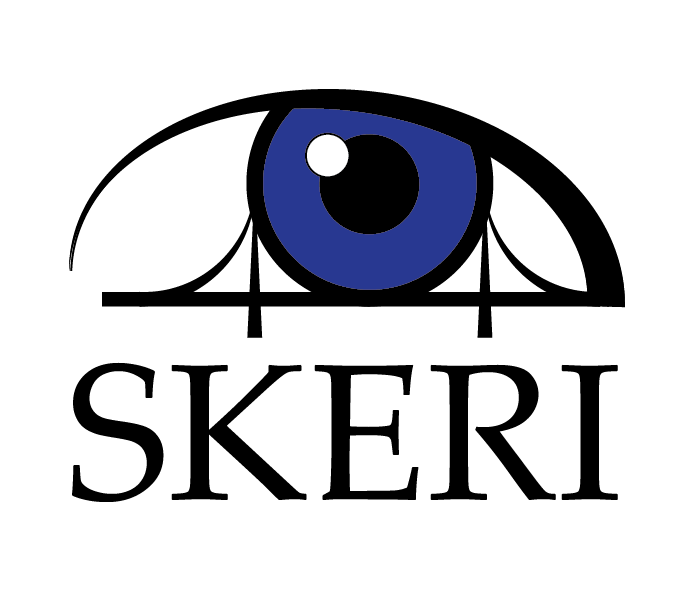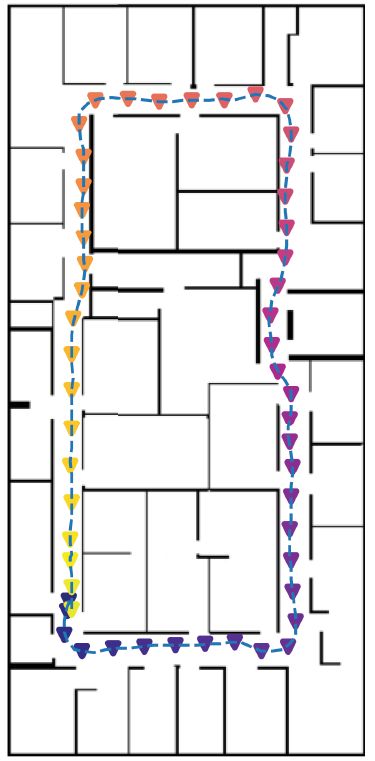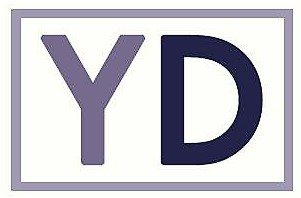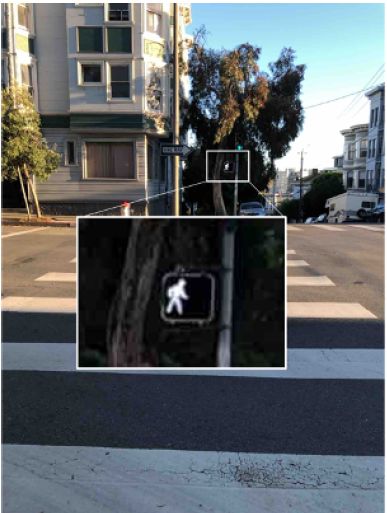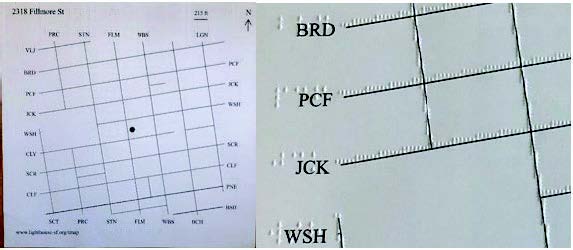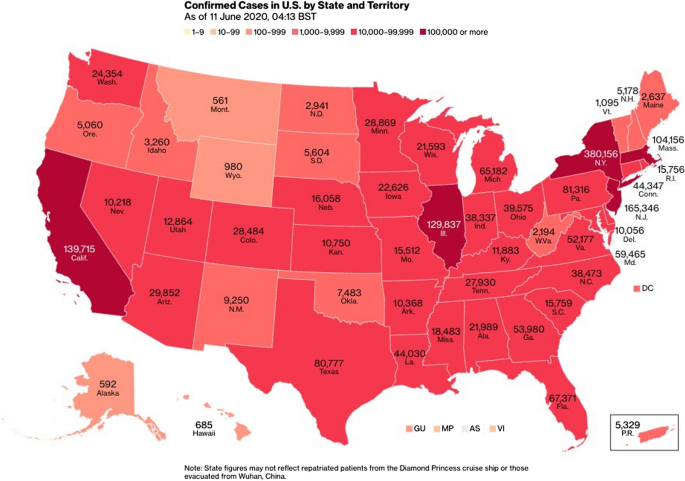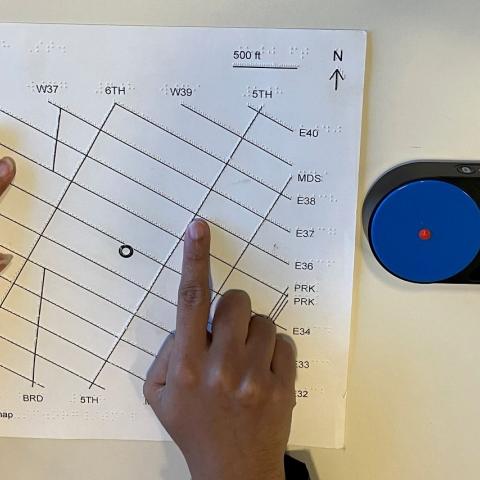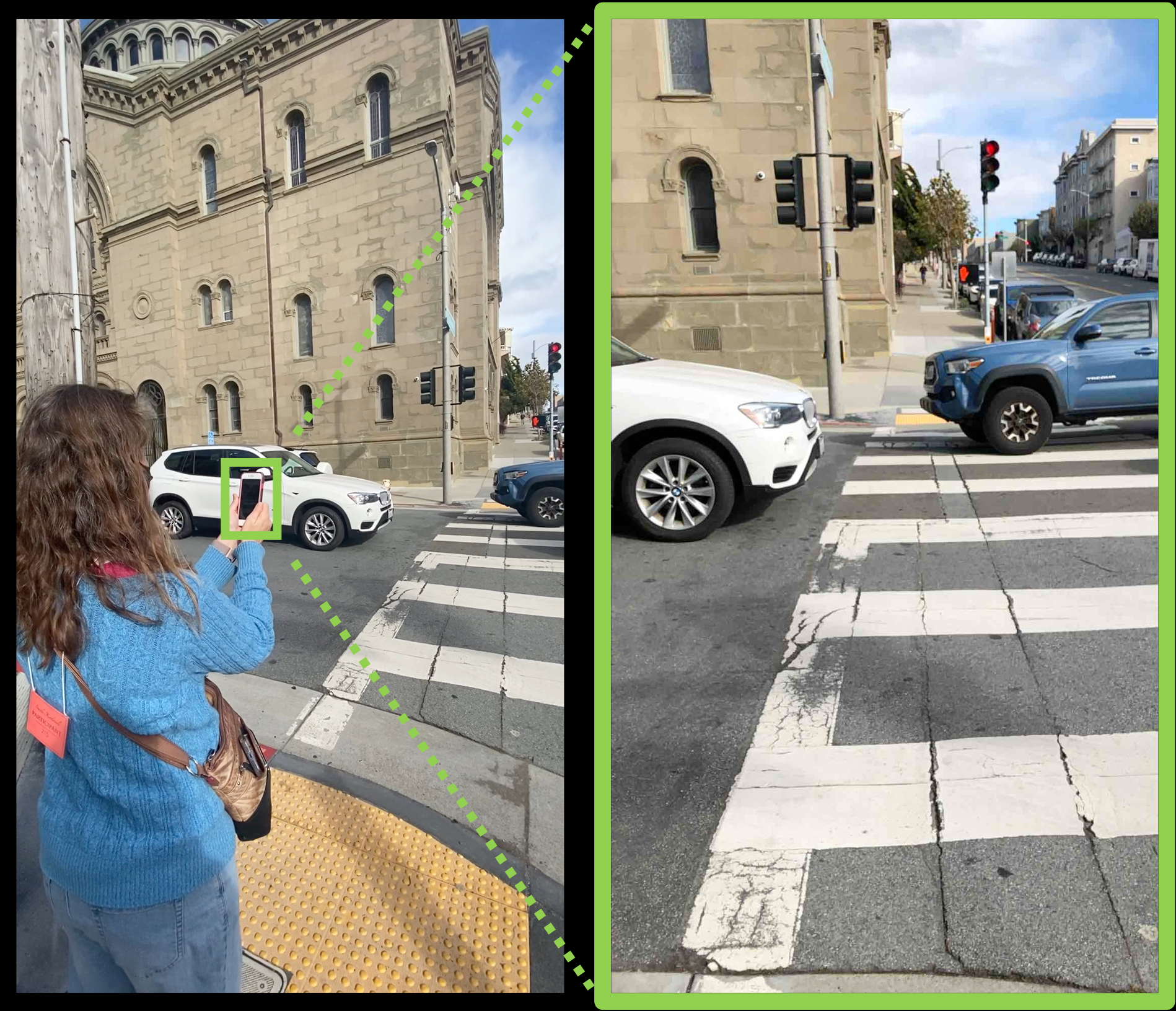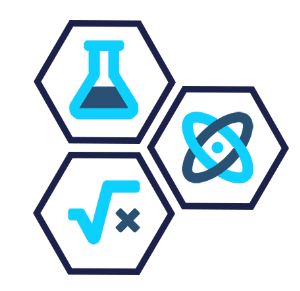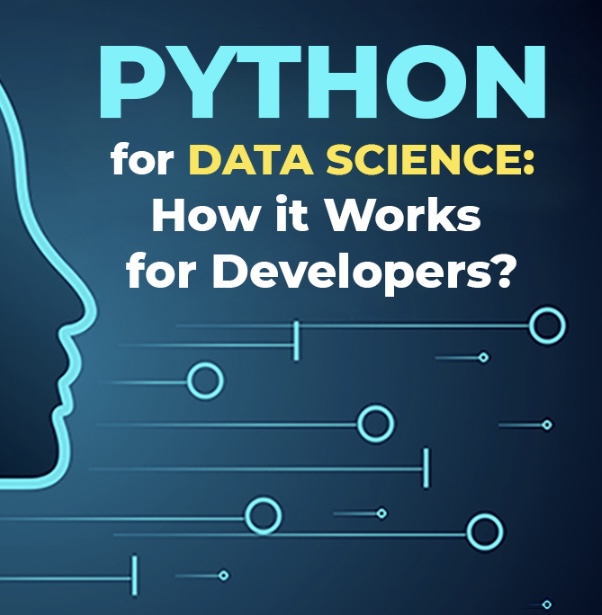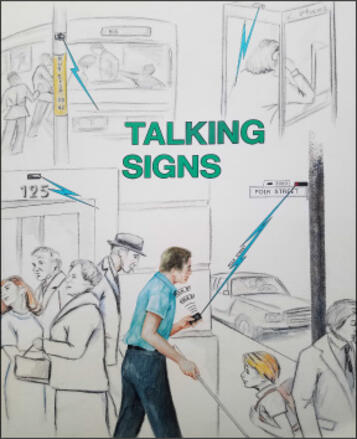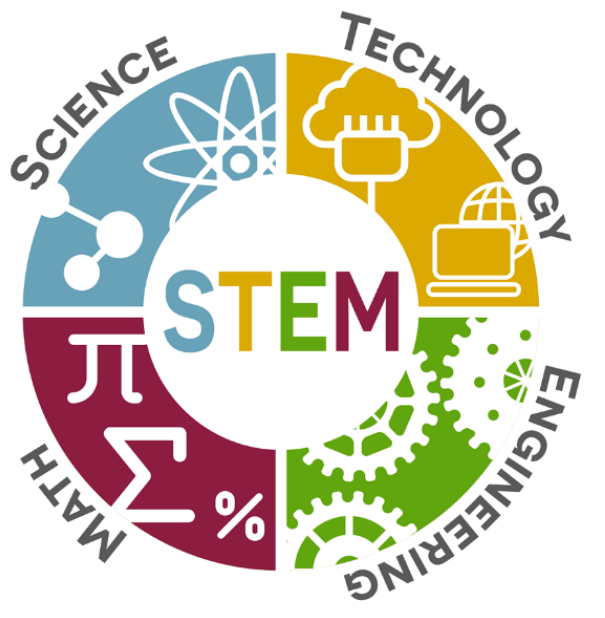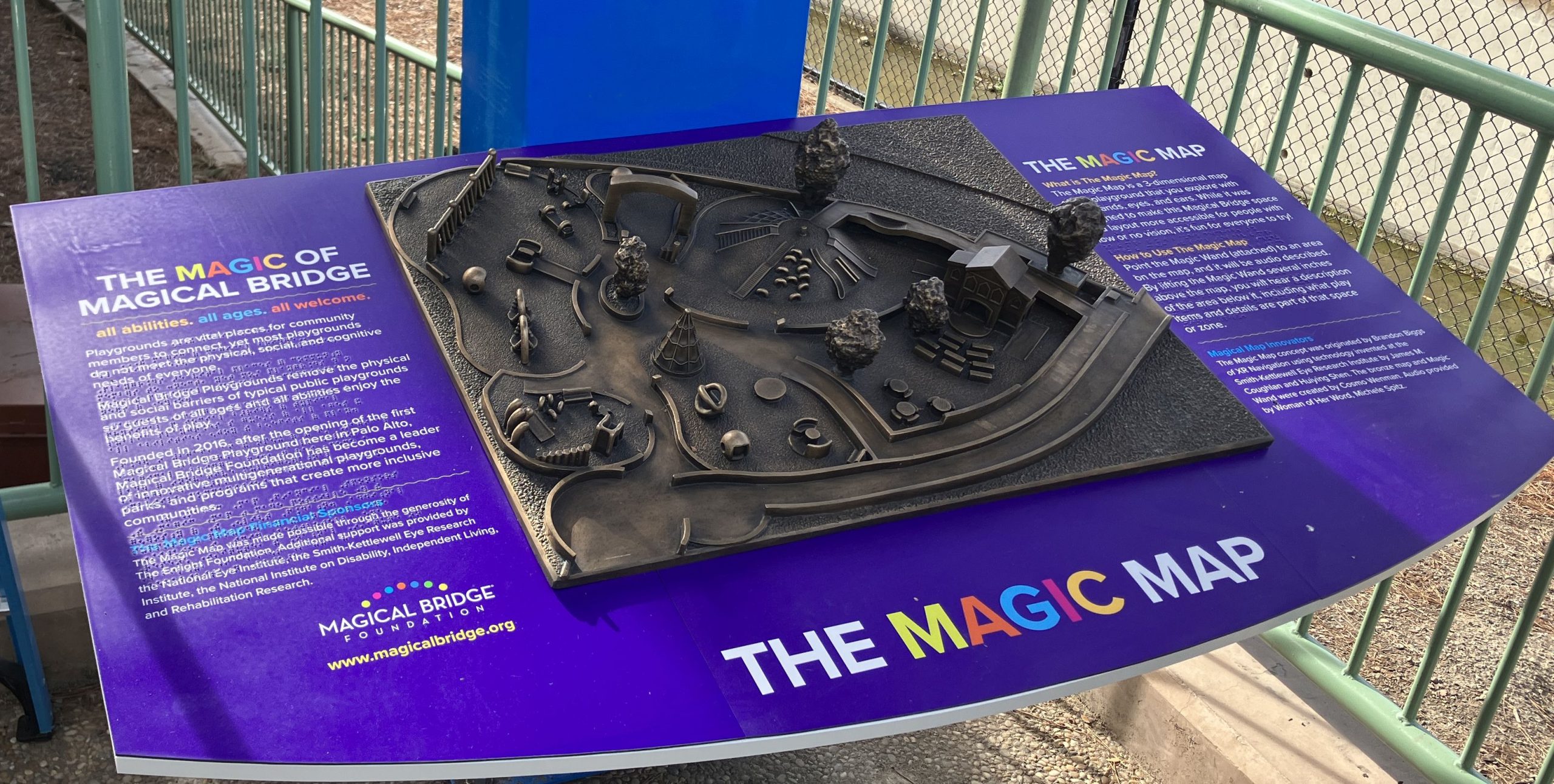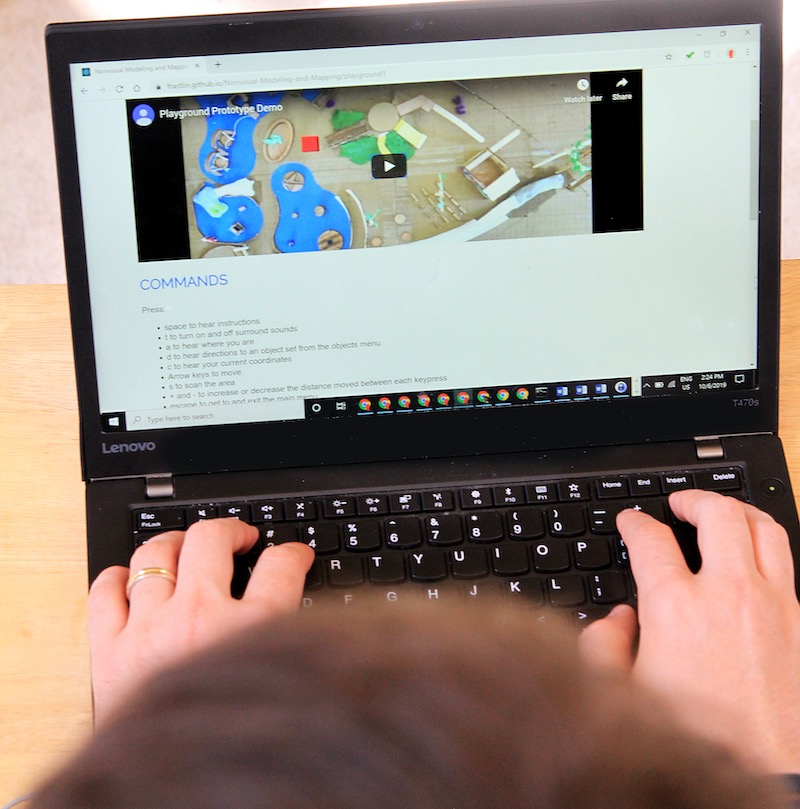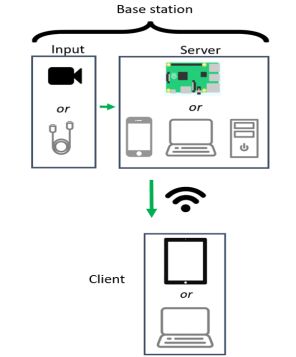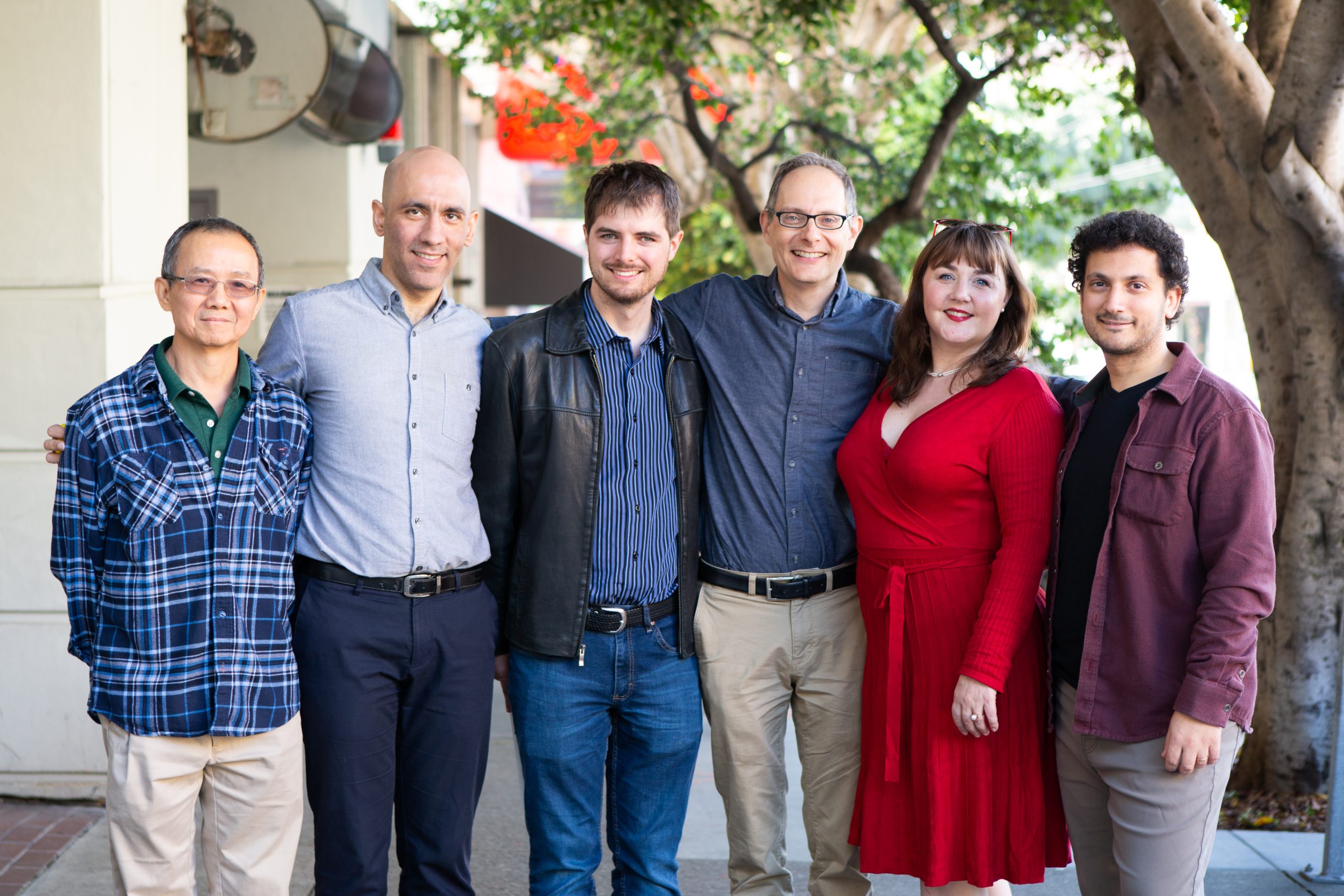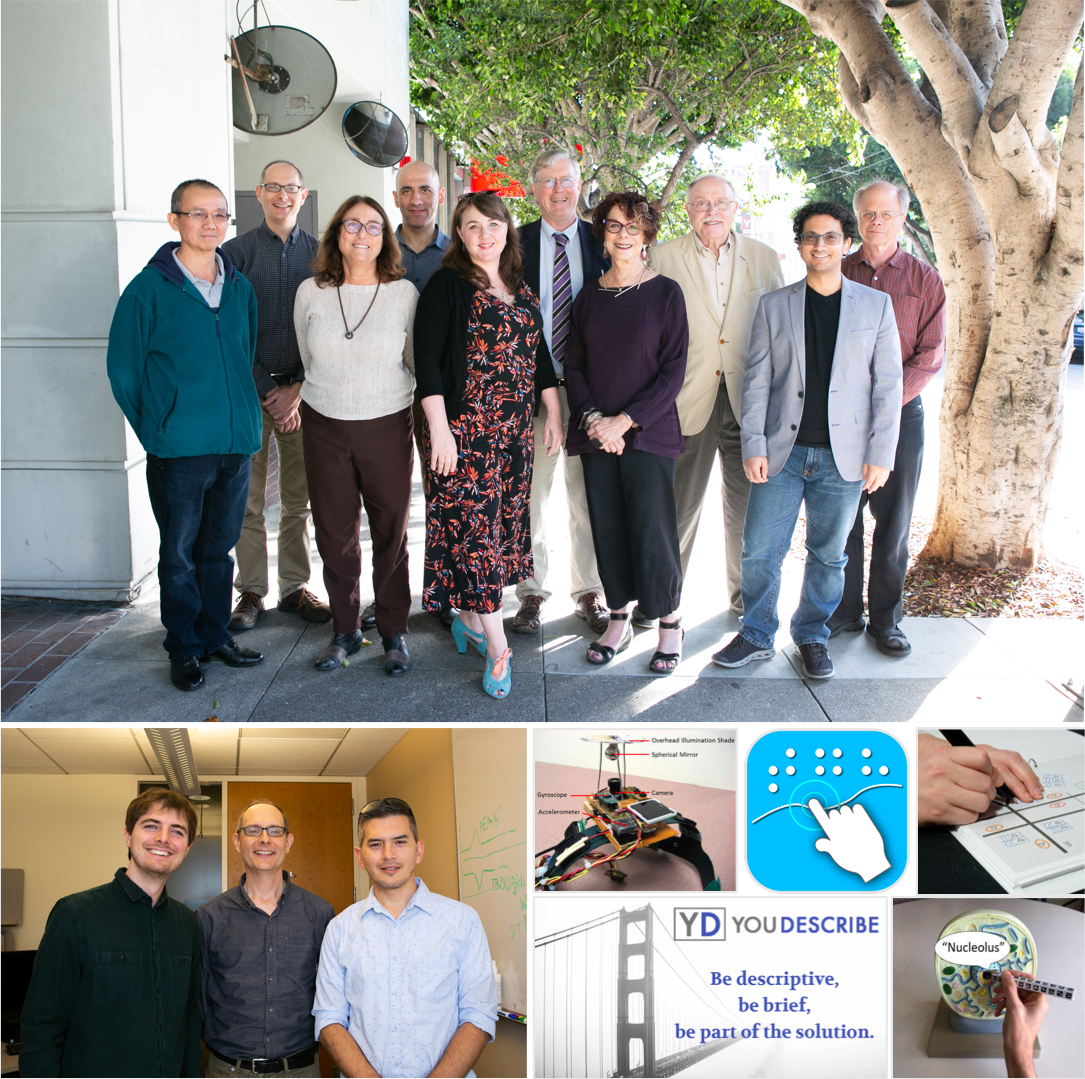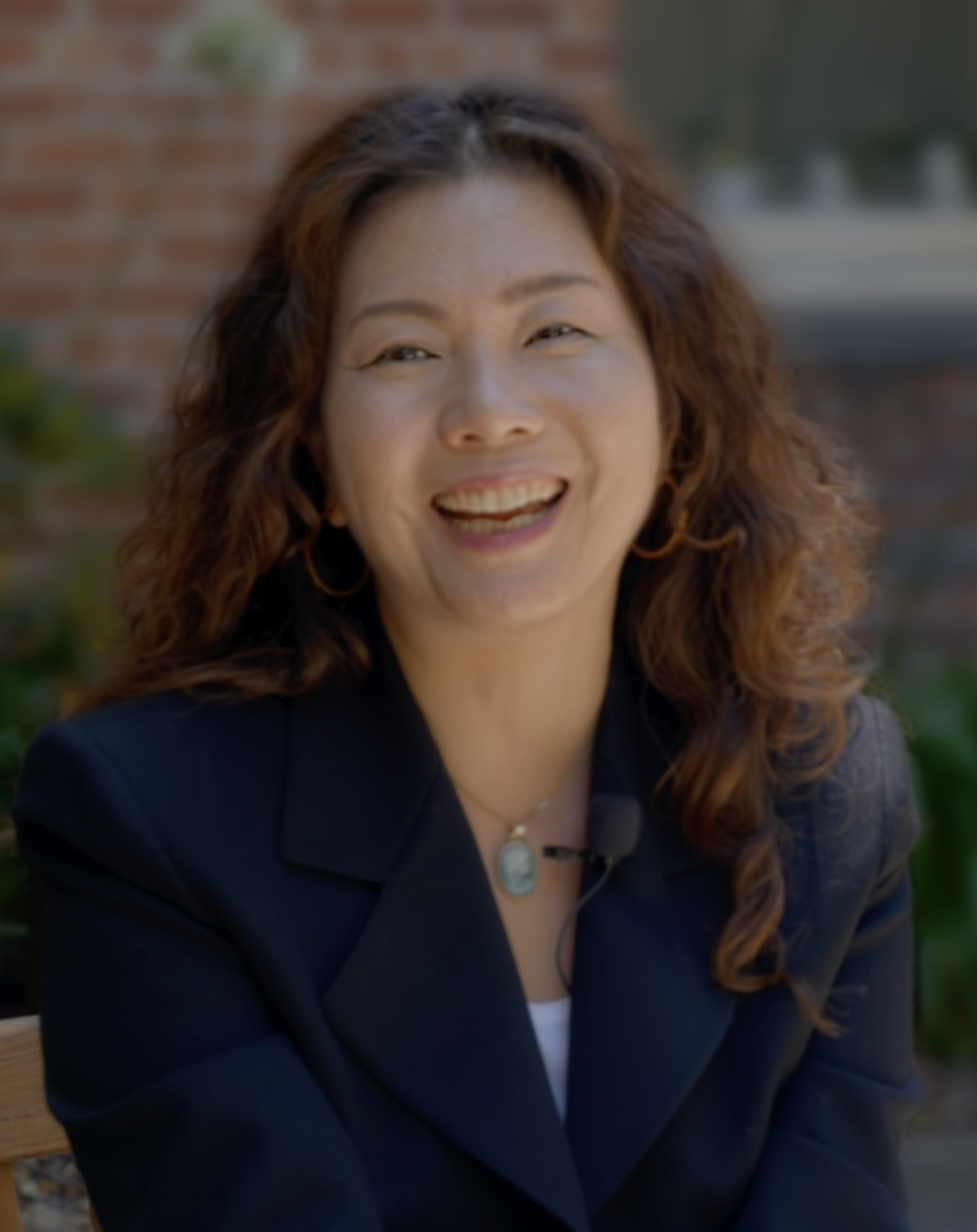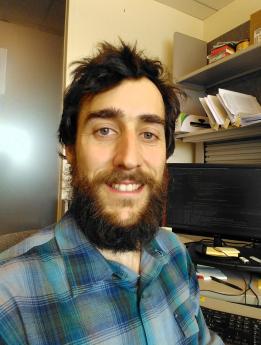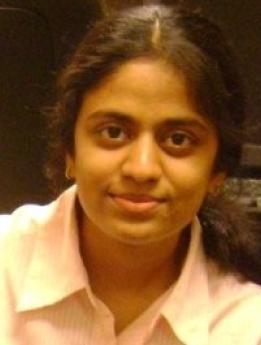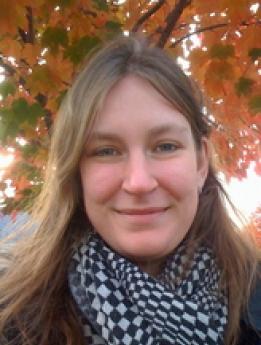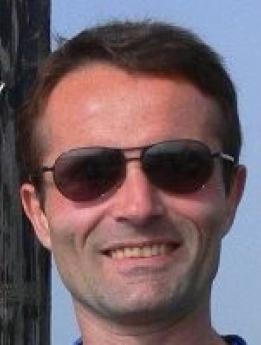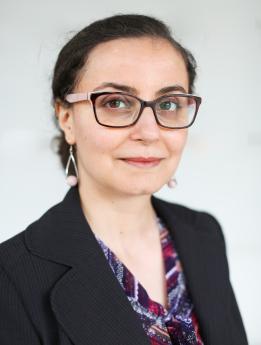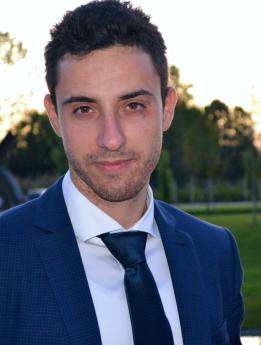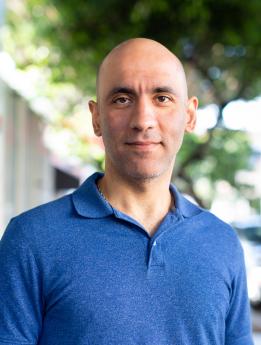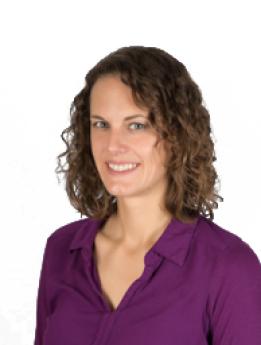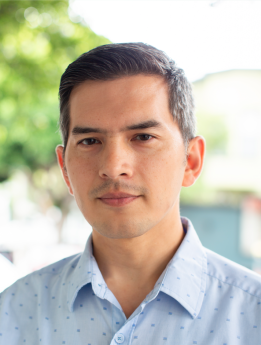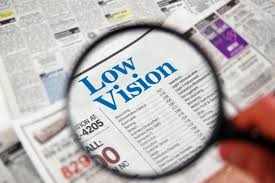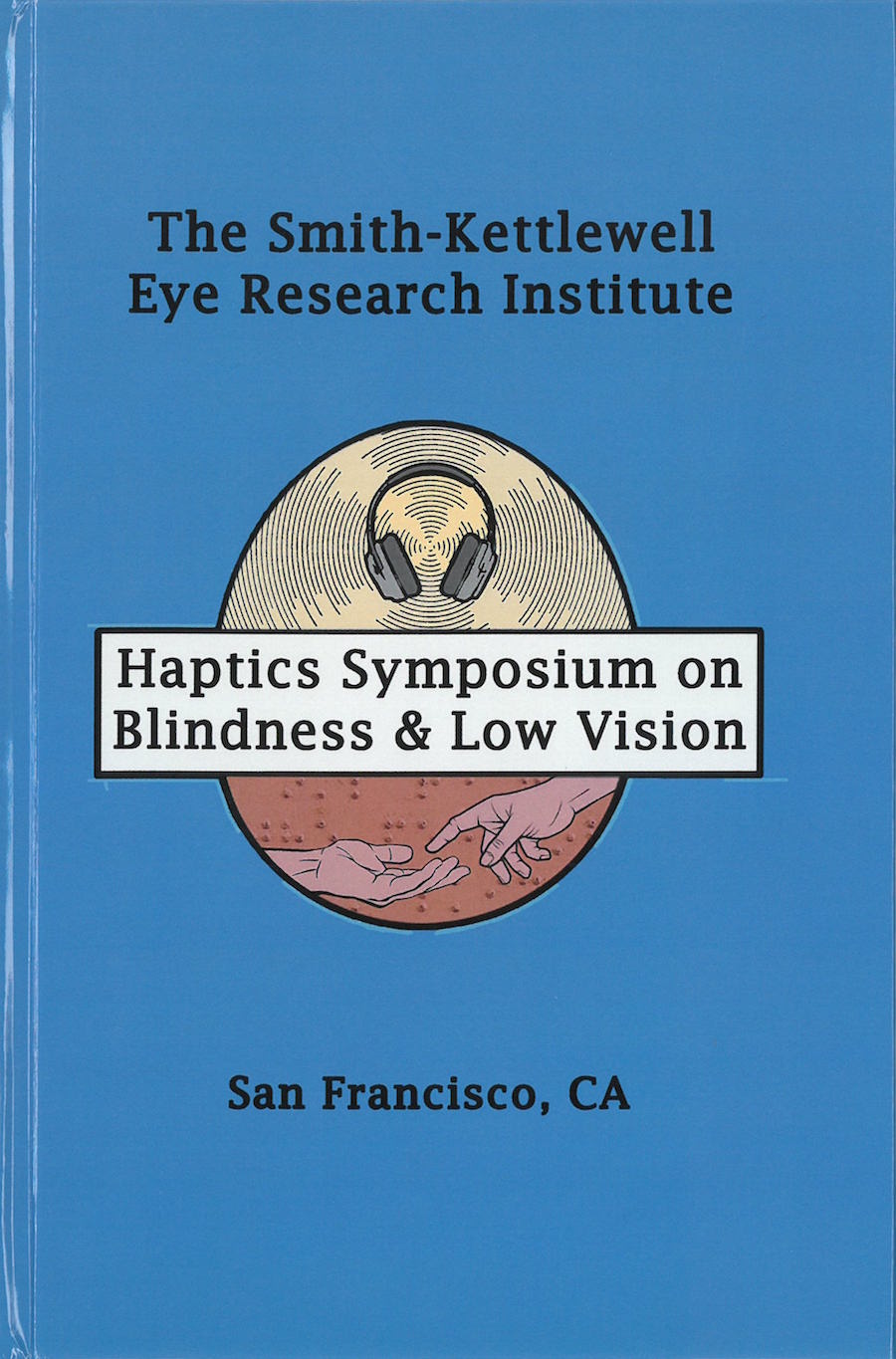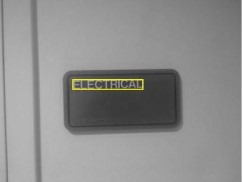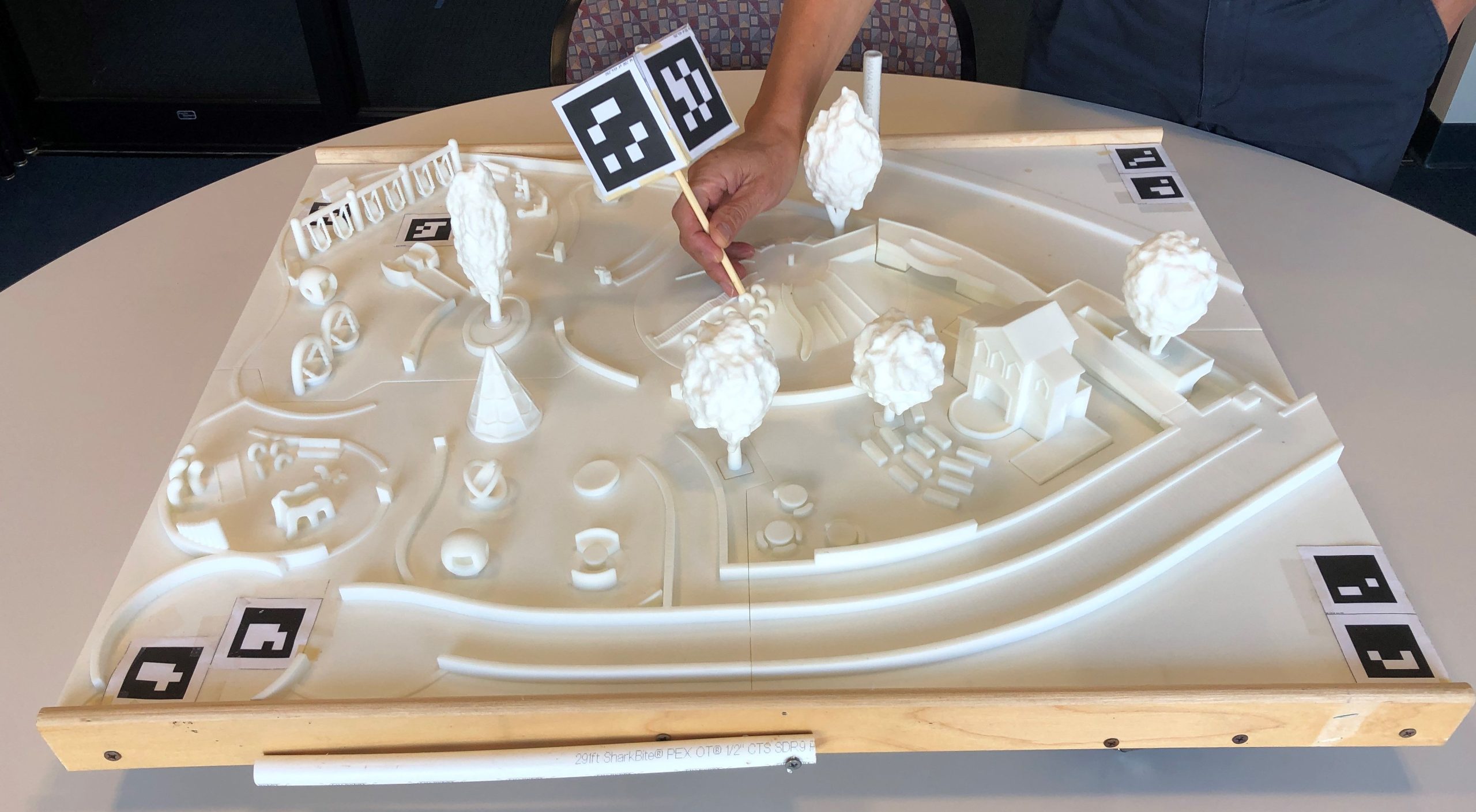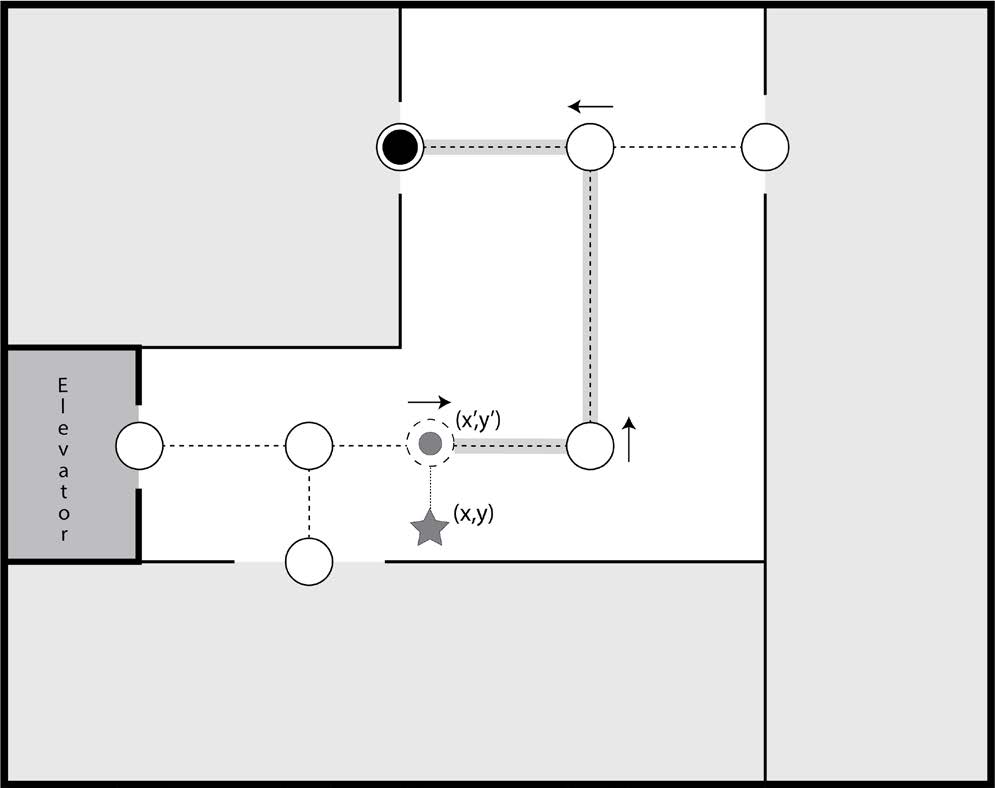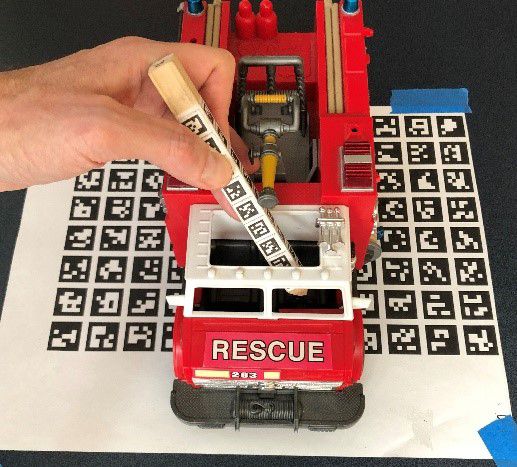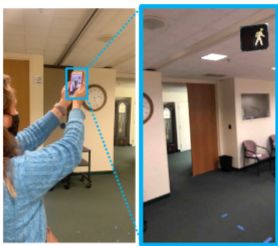For individuals who are blind or have low vision, tactile maps provide essential spatial information but are limited in the amount of data they can convey. Digitally augmented tactile maps enhance these capabilities with audio feedback, thereby combining the tactile

Senior Scientist
Director: Rehabilitation Engineering Research Center
Ph.D.
The goal of our laboratory is to develop and test assistive technology for blind and visually impaired persons that is enabled by computer vision and other sensor technologies.
Contact Information:
Email: coughlan@ski.org
Office Phone: (415) 345-2146
2318 Fillmore Street
San Francisco, CA 94115
Links:
Publications
Journal Articles
Conference Papers
Presentations/Posters
Other Publications


Projects
Using VR to Help Train Visually Impaired Users to Aim a Camera
People with visual impairments increasingly rely on camera-enabled smartphone apps for tasks like photography, navigation, and text recognition. Despite the growing use of these applications, precise camera aiming remains a significant challenge. This project explores the impact of virtual reality
Smith-Kettlewell Summer Institute
The Smith-Kettlewell Summer Institute program is a multi-year, learning opportunity designed to provide training for blind and visually impaired students, recent graduates, and early career researchers interested in data skills that will enhance Science, Technology, Engineering and Math (STEM) jobs
Empowering Data Vision: Data Science Course for Blind Individuals using Python
Call for Participation: Second Smith-Kettlewell Summer Research Institute, “Empowering Data Vision: Data Science Course for Blind Individuals using Python” The Smith-Kettlewell Eye Research Institute, the University of Michigan and the University of Illinois at Urbana-Champaign are delighted to present our
CamIO Hands
This project builds on the CamIO project to provide point-and-tap interactions allowing a user to acquire detailed information about tactile graphics and 3D models. The interface uses an iPhone’s depth and color cameras to track the user’s hands while they
Talking Signs
Created by William Loughborough in 1979, Talking Lights was a system of infrared transmitters and receivers allowing blind and visually impaired travelers to quickly and easily “read signs” at a distance.
Empowering Data Vision: A Data Science Course for Blind Individuals
The goal of the “Empowering Data Vision: A Data Science Course for Blind Individuals” program is to help people with visual impairments acquire advanced skills related to STEM subjects and careers.
ZoomBoard: an Affordable, Portable System to Improve Access to Presentations and Lecture Notes for Low Vision Viewers
The goal of the project is to develop a “ZoomBoard” system that students with low vision can use to better access visual material on a whiteboard or blackboard. The prototype version of the system that we plan to develop in
Labs
Coughlan Lab
The goal of our laboratory is to develop and test assistive technology for blind and visually impaired persons that is enabled by computer vision and other sensor technologies.
Centers
Video Description Research and Development Center
LabsPeopleCollaboratorsFundingsNewsEvents Labs People CurrentPast Collaborators External Fundings News Events
Rehabilitation Engineering Research Center
The Center’s research goal is to develop and apply new scientific knowledge and practical, cost-effective devices to better understand and address the real-world problems of blind, visually impaired, and deaf-blind consumers. The RERC has many ongoing R&D projects and collaborative
Collaborators
Internal
External
Trainees
Current
Past
